By Daniel Dunaief
Grace Mehl had made it onto her first navy ship, passing through a fiercely competitive process in which the U.S. Navy only had openings for two out of 60 women.
Her first boss, who was a warrant officer, made his feelings about her presence on the ship known. “I don’t believe women belong on a ship,” he told Mehl in 1980. “I don’t believe they belong in the navy. If you do your job, we’ll get along fine.”
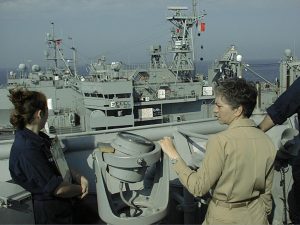
That conversation, however, was among the only ones Mehl, who grew up and now lives in Smithtown, had with people about whether her gender could affect her ability to serve. At the same time, members of the navy sometimes grumbled about the expanding role of women in the armed forces.
“I heard a lot of gruff from older guys talking about having women in the navy,” said Troy Wussow, an enlisted man who served aboard the USS Shenandoah with Mehl after the ship was christened in 1983. “The old salt saw it as problematic.”
Mehl often won over others with her professionalism, talent, and willingness to work.
When he met Mehl, Wussow and others were building an office that they wouldn’t complete by a deadline because supplies hadn’t arrived. When he presented the situation to Mehl, she told them to get lunch. While the others ate, Mehl redesigned the building with the supplies on hand. Wussow was grateful for her solution, which enabled him and the rest of the crew to execute their orders.
“She solved the problem for us, which was an extraordinary beginning,” Wussow said.
Indeed, Mehl also impressed her superiors, rising through the ranks to become one of the first five women to command a navy combatant ship. For 14 years of Mehl’s career, women only joined navy combat ships when they volunteered. In 1994, however, the navy started assigning women to ships the way they had men. The executive officer sent some of those frustrated female navy crew to see Mehl.
“When they walked into my state room and looked at me, they just stopped” being upset, Mehl said. They couldn’t tell Mehl how unfair it was when she had been living that life.
“After they got there, they started to learn that it wasn’t so bad and it was just another job,” she said, “although you were floating around while you were doing it.”
Commanding respect
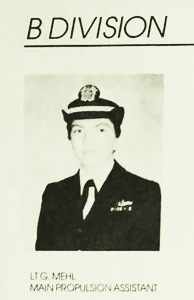 A graduate of SUNY Binghamton, Mehl, who grew up on a chicken farm, had a desire to get a job that makes a difference and to see the world. Her sister Jane and her college roommate had also joined the military, so she already had examples of women who had gone into the service.
A graduate of SUNY Binghamton, Mehl, who grew up on a chicken farm, had a desire to get a job that makes a difference and to see the world. Her sister Jane and her college roommate had also joined the military, so she already had examples of women who had gone into the service.
Her father John Albert Mehl had also been in the Army Air Corps during World War II. A tail gunner, the Mehl patriarch had been stationed in England and France and had been on 65 missions. Her sister was an Army nurse.
Despite the army family connection, Mehl entered the navy because she didn’t want her sister to have the ability to boss her around.
“The army wasn’t big enough for both of us,” Mehl said.
Wussow suggested that Mehl had an effective approach with those under her command and with superior officers. Officers either commanded or demanded respect, Wussow suggested. Mehl was in the former category, listening to problems, working with people to solve them, and following and enforcing rules.
Dave Gellene, who was her executive officer when she was the commanding officer of the Gunston Hall, appreciated her naval skills. “She was able to maneuver the ship the best I’ve seen,” he said.
Gellene, who served on active duty in the Navy for 23 years and has been a government civilian for the navy for 15 years, said Mehl maneuvered the ship expertly through all kinds of weather and in densely populated areas where other boats were nearby.
Her ability to control the ship “gained the crew’s confidence,” Gellene said. Even early in Mehl’s tenure as commanding officer, Gellene could tell that the spirit of the ship improved dramatically the day after she took command.
The Bronze Star
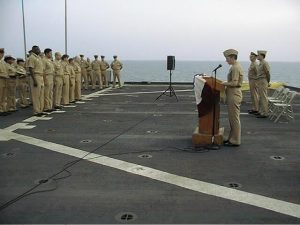
The navy awarded Mehl the Bronze Star for her work in 1999, when the armed forces provided support during the humanitarian crisis in the former Yugoslavia.
“I was very proud of the people on the ship,” Mehl said. “I got to wear the Bronze star, but I didn’t earn it: my crew earned it.”
Gellene recalled that the marines who were disembarking for the peacekeeping mission had to get ready each day, only to learn that the mission encountered additional delays.
Mehl, whom Gellene said kept everyone informed of orders and important information, had agreed to play bagpipe music on the day the mission would occur which was “very motivating.”
Mehl and the crew of the Gunston Hall also provided critical assistance in 1999, when an earlier enormous earthquake rocked Turkey, killing over 17,000 people. With Mehl at the helm, the ship tied up at a dock and the crew put up tents for displaced residents.
“The crew would have stayed forever if they could,” Gellene said. “Under her leadership, she kept everyone motivated and focused.”
In a less stressful but important moment for the ship, Gellene also recalled how the Gunston Hall was stationed in North Carolina during the Super Bowl in 1999. Before the widespread use and availability of cell phones, the ship had to face a particular direction to get a good satellite feed to watch the game. Mehl stayed at the helm, keeping the ship at the right angle so the crew could watch the Broncos defeat the Falcons in Super Bowl 33.
“You could imagine the morale boost,” Gellene said.
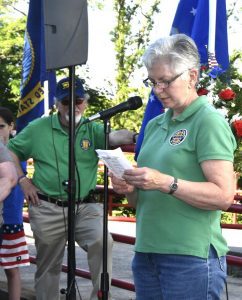
Current contributions
Mehl has established numerous connections to the Long Island community. Having given talks to students in elementary and high schools, she said people know her as “the Navy lady.”
She volunteers with Vietnam Veterans of America, is on the Board of Directors of the United Veterans Beacon House, and serves on Veterans Court.
Mehl also earned a certification as Eastern Apicultural Society Master Beekeeper and is the Education Director of the Long Island Beekeepers club.
Looking back on her service, Mehl believes she did something important during her two decades in the navy.
“I feel like I opened a door for women to be able to follow in the path that I broke for them,” she said. “I feel that we have come a long way in the military.
This column is generously sponsored by Bryant Funeral Home, 411 Old Town Road, East Setauket
631-473-0082/bryantfh.com

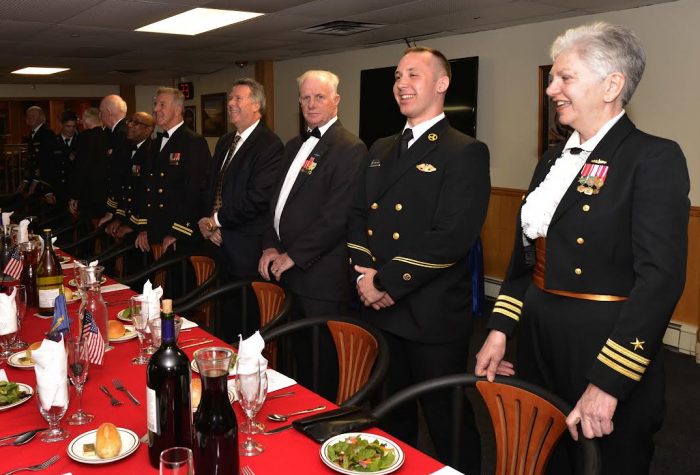
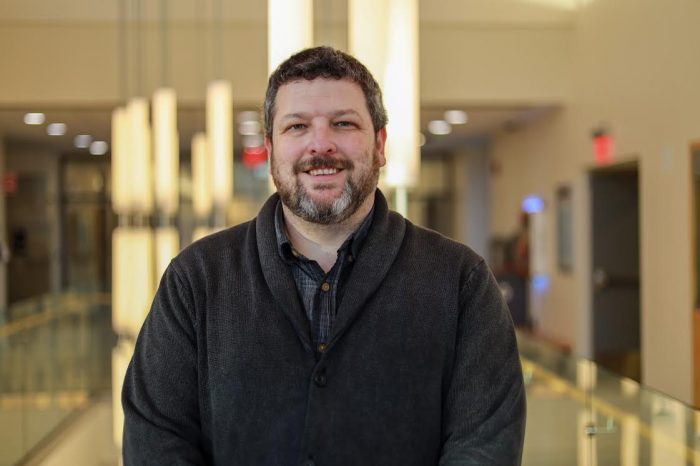


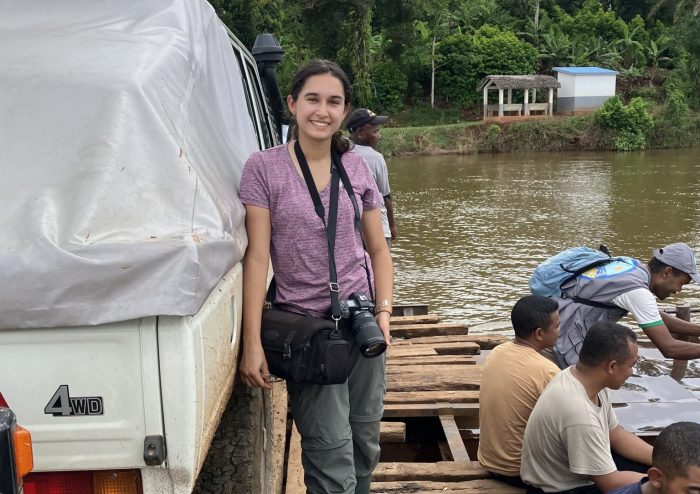
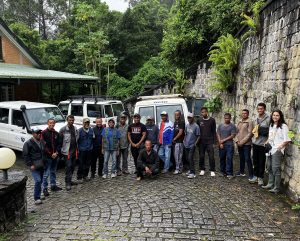
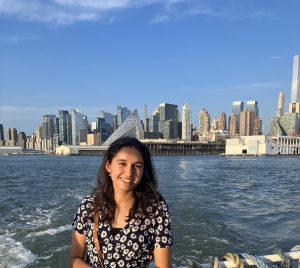
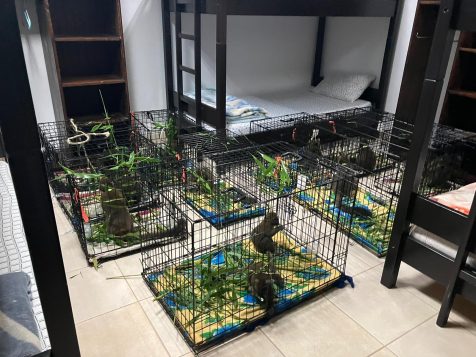
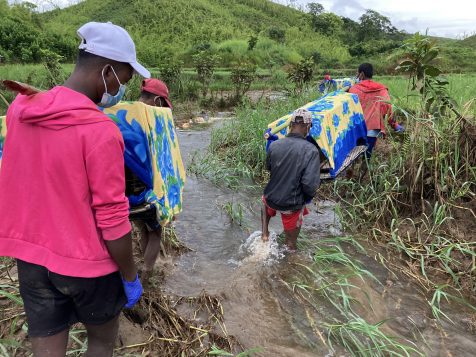
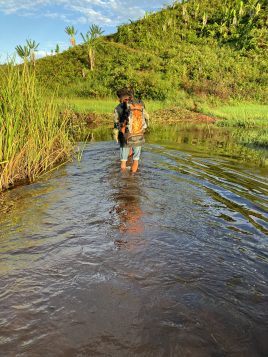
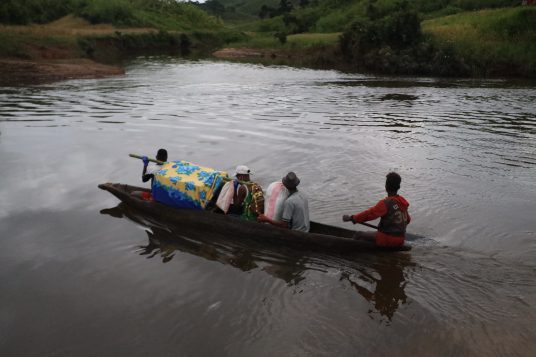
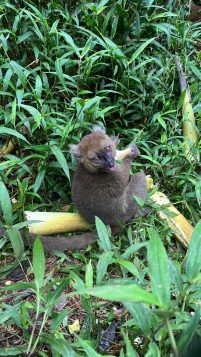
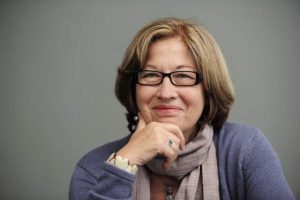
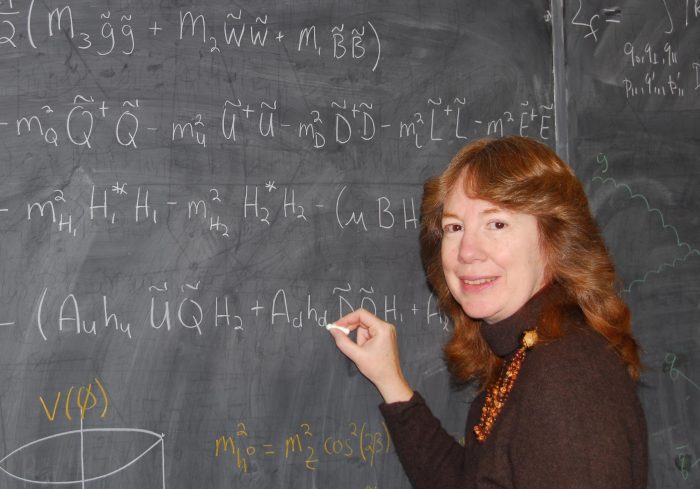
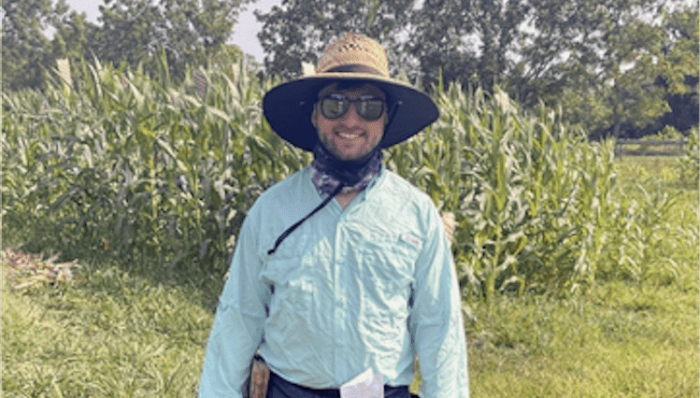
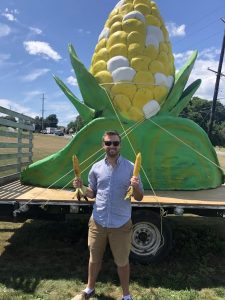
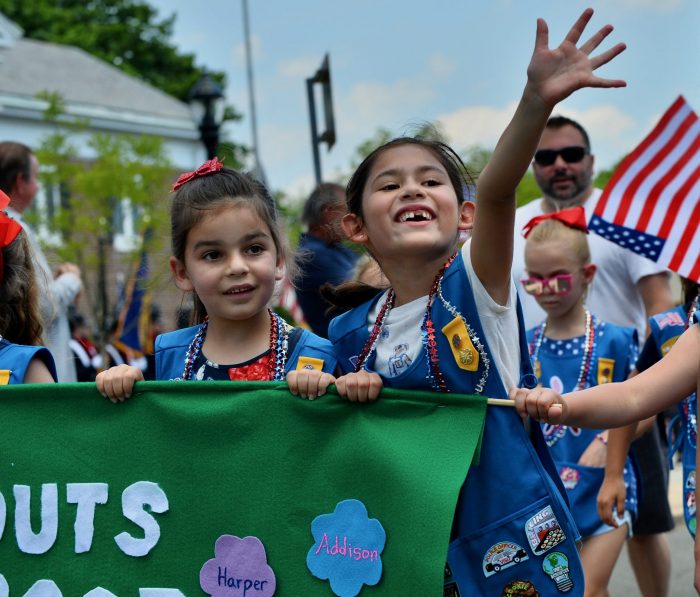
 “Newspapers create a brand-new product on a daily or weekly basis, 52 weeks a year,” said New York Press Association Executive Director Michelle Rea in a press release. “They work on tight deadlines with small staffs, covering local government, breaking news, sports, business, entertainment, and more. Receiving recognition from their peers in another state is affirming and energizing. We salute them for the top quality, important work they do.”
“Newspapers create a brand-new product on a daily or weekly basis, 52 weeks a year,” said New York Press Association Executive Director Michelle Rea in a press release. “They work on tight deadlines with small staffs, covering local government, breaking news, sports, business, entertainment, and more. Receiving recognition from their peers in another state is affirming and energizing. We salute them for the top quality, important work they do.”






